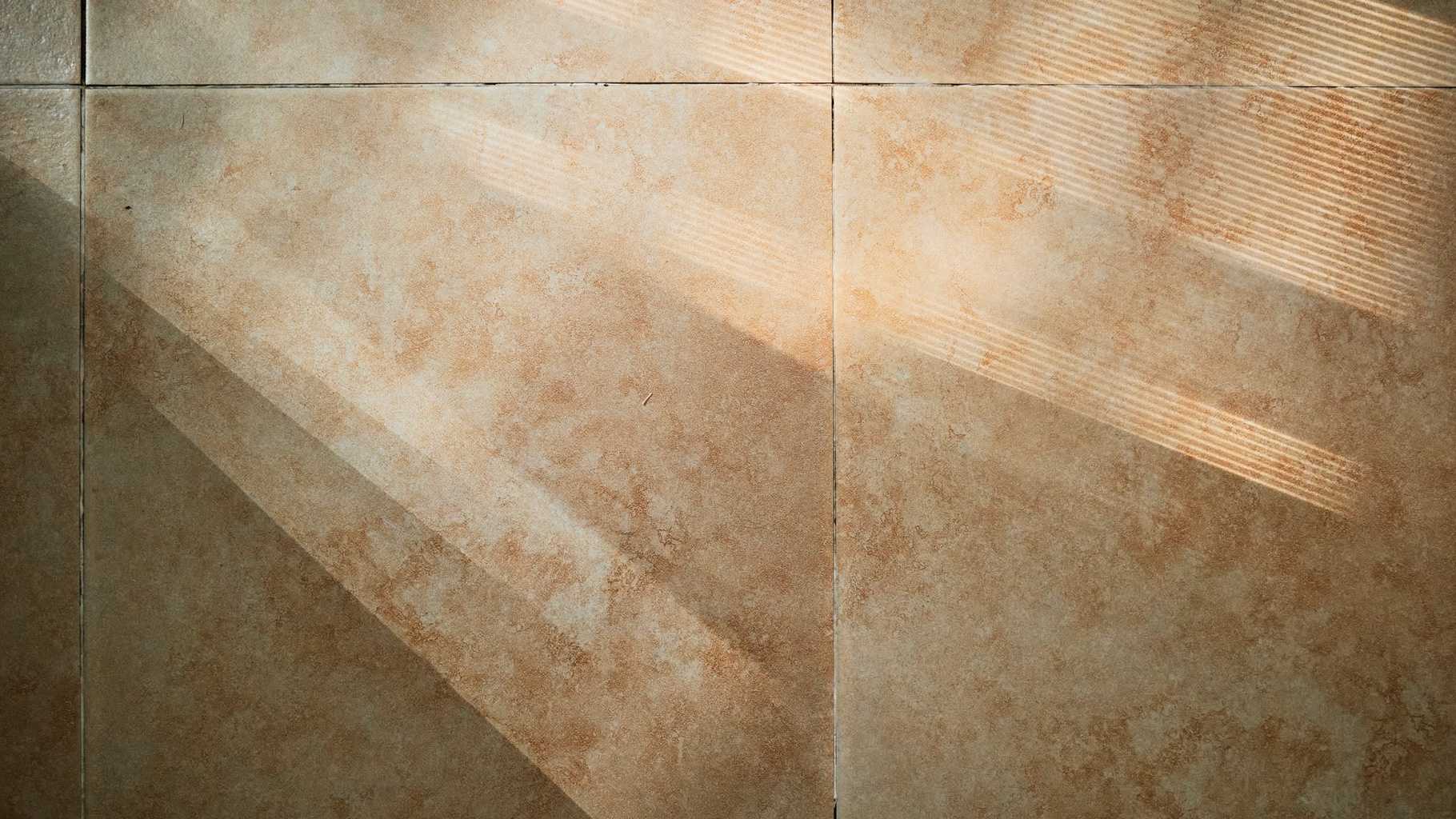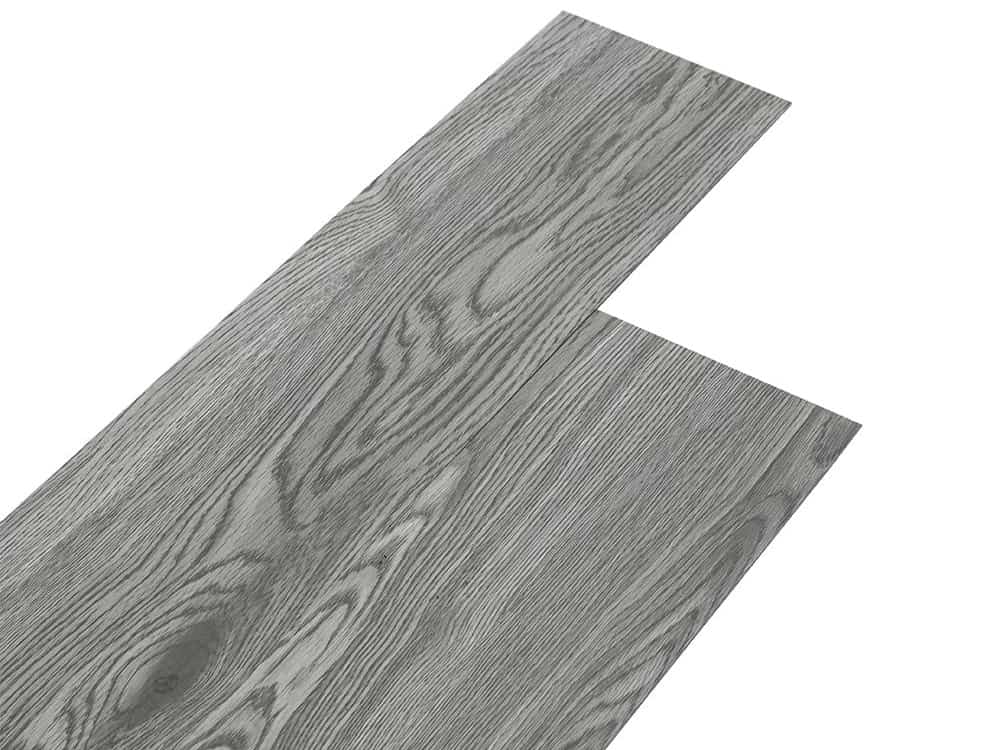Annabel and John Scott built a holiday home in France. Once it was finished they had to decide on all the fixtures, fittings and furnishings – and that meant thinking about flooring too.
Annabel said:
“Work started on our holiday home in South West France about six years ago. We inherited some money from an elderly relative and our original plan was to buy a small village property and do it up – it was something we had always dreamed of doing.
It would be a holiday home for us – and for our friends and family – and somewhere perhaps to retire to. We also thought we might be able to let it out in between visits to make a small amount of money.
Looking for a Holiday Home
After several fruitless trips to France looking at properties that were either too dilapidated to contemplate, or which were simply not what we were looking for, we started to consider the option of building a property.
That would enable us to be in a location of our choosing, and to have a house designed by ourselves.
It didn’t take long to find some land we were happy with. It was in a conservation area and had beautiful views, and it came with outline planning permission for the construction of a property.
Traditional Design
We had to work closely with the builders and the planners in the building of the house. As it was in a conservation area there was a long list of “dos” and “don’ts.” But broadly speaking we were happy with the suggestions, we wanted a home that looked right in the landscape.
Our home was built from the natural stone of the area and had a traditional slate roof. Windows and doors were made in oak, and had original-style shutters.
The house has two storeys. The ground floor is largely open plan, with a small bathroom.
Upstairs there are two bedrooms and anther bathroom. Interestingly enough, flooring was not something we really considered until the building project was nearly complete.
French Limestone
I’d always had an idea that I wanted something fairly traditional when it did come to flooring. I wanted the house to have a cool, fresh, Mediterranean appeal. It also had to be easy to clean.
I could see that children would be running in and out, people would be stomping in after long walks and one day we want to install a swimming pool at the house – so we had to think about wet feet too.
John and I discussed the options with our builders and visited several building materials yards. In the end we opted to lay limestone throughout the whole ground floor.
The stone flooring looked great against the natural stone of the walls and I loved its light yet slightly rugged appearance.
It also flowed well between the open plan living and kitchen area and the bathroom. It wasn’t cheap yet we knew we were only going to do this once – it had to be right first time.
Opting for Wood and Rugs
Upstairs, the floor itself was made of wood. We deliberated for a long time about whether we should lay carpets.
Eventually we decided to leave the pine floor exposed. We chose a slightly tinted wax, however, which did give the floor an older look and then we went out to buy Brightly Coloured Rugs.
Rugs were placed upstairs and down, and were an ideal in solution. They work well with the rental guests too – it is hard to damage a rug and the stone and wooden floors are easy to clean.
When the house is empty, the rugs remain rolled up and in the storage cupboard.
Sometimes, in the summer we do not even get them out. But when we are in our house during the winter and there is that lovely crisp coldness in the air outside our house, we like nothing more than to lay them out on the floors, light the wood-burner and just relax.”

